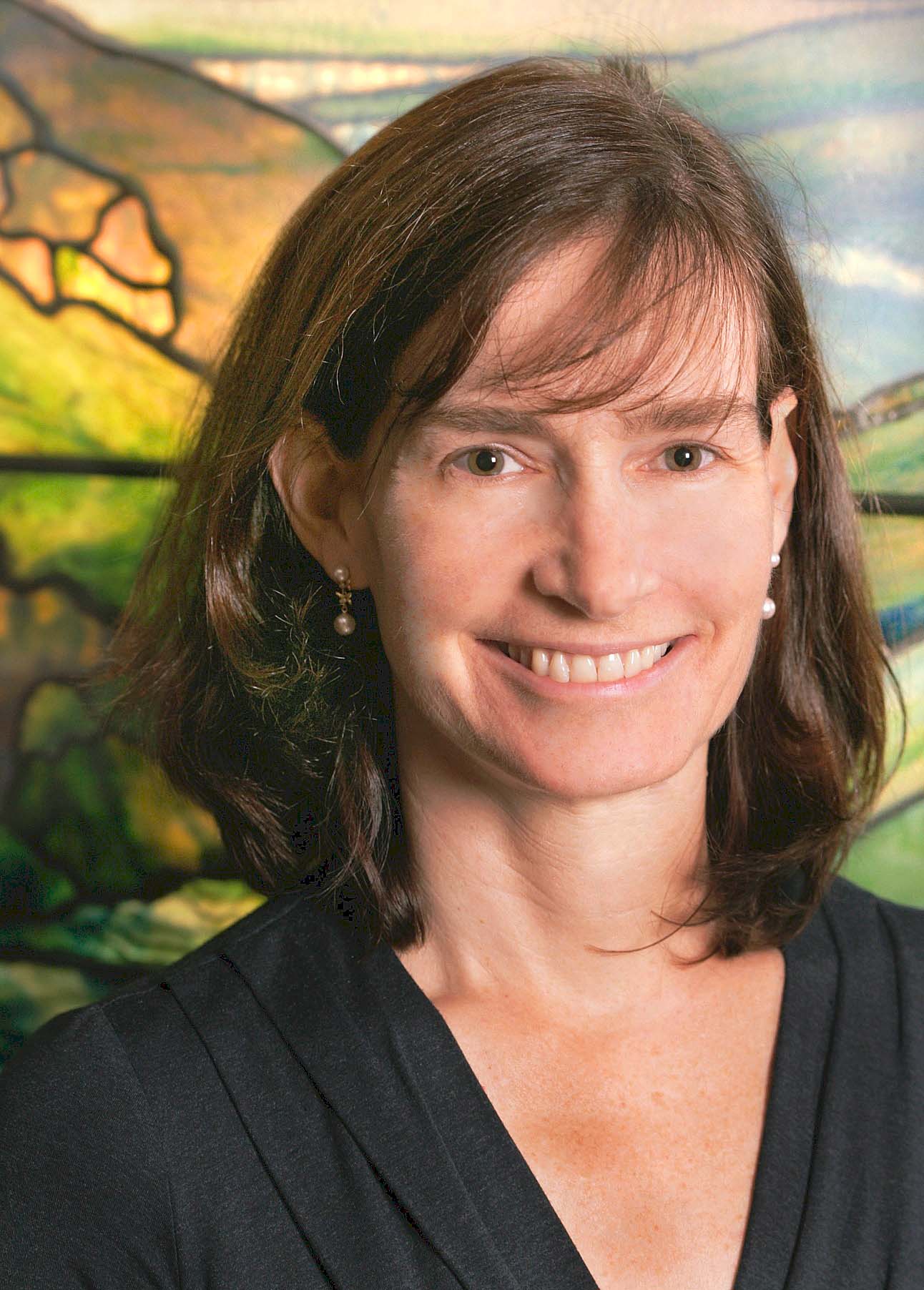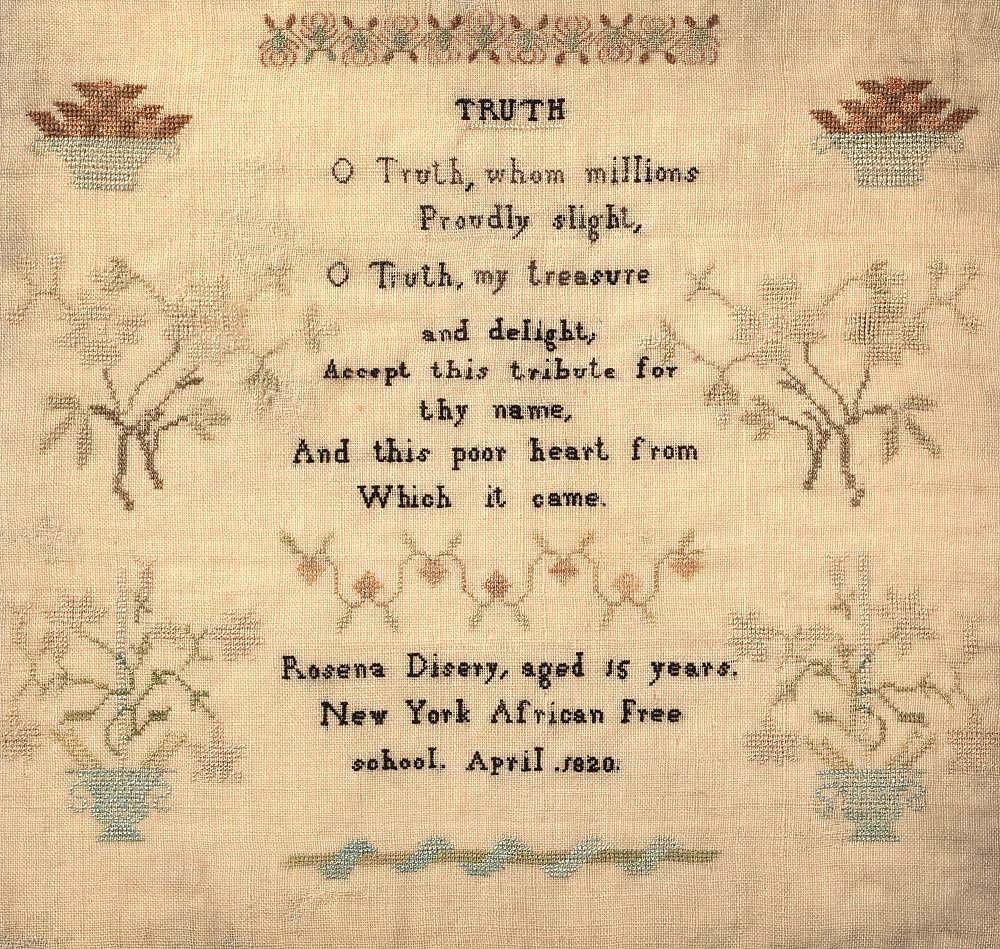
Photo credit Glenn Castellano.
In December, the New-York Historical Society announced that Margi Hofer, the museum’s senior vice president and director, would be stepping down after a 30-year tenure. Hofer generously spoke with Antiques and The Arts Weekly about what she’ll remember most, what prompted her decision to leave and a glimpse into what the future holds for her.
It’s big news that you are leaving N-YHS — what prompted the decision?
My eight-year stint as museum director was immensely challenging and rewarding. I enjoyed steering the exhibition program, searching for topics that would engage today’s museum audiences while addressing critical historical and contemporary issues; overseeing and building New-York Historical’s stellar collections; developing interpretive strategies to bring contemporary relevance to our historical objects; and leading an immensely talented team of curators, collections staff and designers to produce top-notch exhibitions. While overseeing the museum, I was able to curate several exhibitions — including “Black Dolls” and “Crafting Freedom: The Life and Legacy of Free Black Potter Thomas W. Commeraw” — though the demands of research and writing on top of my managerial responsibilities nearly overwhelmed me. Ultimately, I realized that I missed the challenges of curatorial research and the thrill of discovery and yearned to dedicate myself once again to that deeply meaningful work.
Before we talk about what you’re going to be doing now, can you share some of your fondest memories of your 30-year tenure at the museum?
So many great memories! Some of my fondest relate to exhibitions we presented that stretched the bounds of traditional history museum shows. In 2018, we hosted a fabulous exhibition organized by the British Library, “Harry Potter: A History of Magic.” Our designers conceived a spectacular Hogwarts-inspired setting, and we supplemented the show with some awe-inspiring local loans, including a Sixteenth Century alchemical scroll from Yale’s Beinecke Library and ancient Chinese oracle bones from the Met. It was a huge, all-hands-on-deck undertaking, but the public response was incredible. Another favorite was our eye-opening 2017 exhibition “Tattooed New York,” which included live demonstrations in the gallery on weekends. I only regret not volunteering to get a tattoo!
A personal highlight was working on “A New Light on Tiffany: Clara Driscoll and the Tiffany Girls,” which opened in 2007. With Nina Gray and Martin Eidelberg, I mined the newly discovered Clara Driscoll letters to discover the role of Driscoll and other women in the design and making of Tiffany’s lamps. A decade later, I had the privilege of working with architect Eva Jiřičná on conceiving a dazzling permanent home for New-York Historical’s lamp collection and Clara Driscoll’s story. I also recall the excitement of launching the Henry Luce III Center for the Study of American Culture (2000), our vast open storage facility housing 40,000 objects, and the reconceived, story-driven Luce Center (2017).
Is there a singular moment of which you’re most proud?
I’m proud of many of the acquisitions I brought into the museum, many of which expand the historical narratives that we can tell through our collections. I was particularly delighted to purchase a needlework sampler stitched by Rosena Disery (1805-1877), a student at the New York African Free School, in 2011. I did extensive research on Disery and her husband, the entrepreneurial cook and caterer Peter Van Dyke, and spent months digging into their genealogy. It was thrilling to locate living descendants, share Rosena’s story with them, and witness their emotional response when they finally viewed their ancestor’s needlework in person.

Rosena Disery (1805-1877), sampler made at the New York African Free School, 1820, silk on wool, 12 by 13 inches. New-York Historical Society, Purchased through the generosity of the Monsky family, the Coby Foundation, Barbara Knowles Debs and Richard A. Debs, Patricia D. Klingenstein, Nancy Newcomb and John Hargraves, Charles Phillips, Pam B. Schafler, Sue Ann Weinberg and the Goins Family Fund, 2011.9.
The press release that announced you were stepping down mentioned your next chapter would be “a renewed focus on curatorial research.” Can you tell us more specifically about what that means?
My most rewarding professional accomplishments have involved recovering the stories of makers that have been obscured or undervalued, like Clara Driscoll’s role in designing Tiffany lamps (in “A New Light on Tiffany,” 2007), foregrounding the makers of handsewn Black dolls (in “Black Dolls,” 2022), and recovering the story of free Black stoneware potter Thomas W. Commeraw (in “Crafting Freedom,” 2023). I plan to work on similar projects that bring these kinds of stories to light, working either independently or for museums. Collections like those at the N-YHS are full of stories waiting to be told, and I can’t wait to explore them.
Do you have specific projects you can share with our readers?
I’m not able to share information about pending projects at this time.
—Madelia Hickman Ring
[Editor’s note: Readers wishing to be in touch with Margi Hofer may reach her at margi.hofer@gmail.com.]




